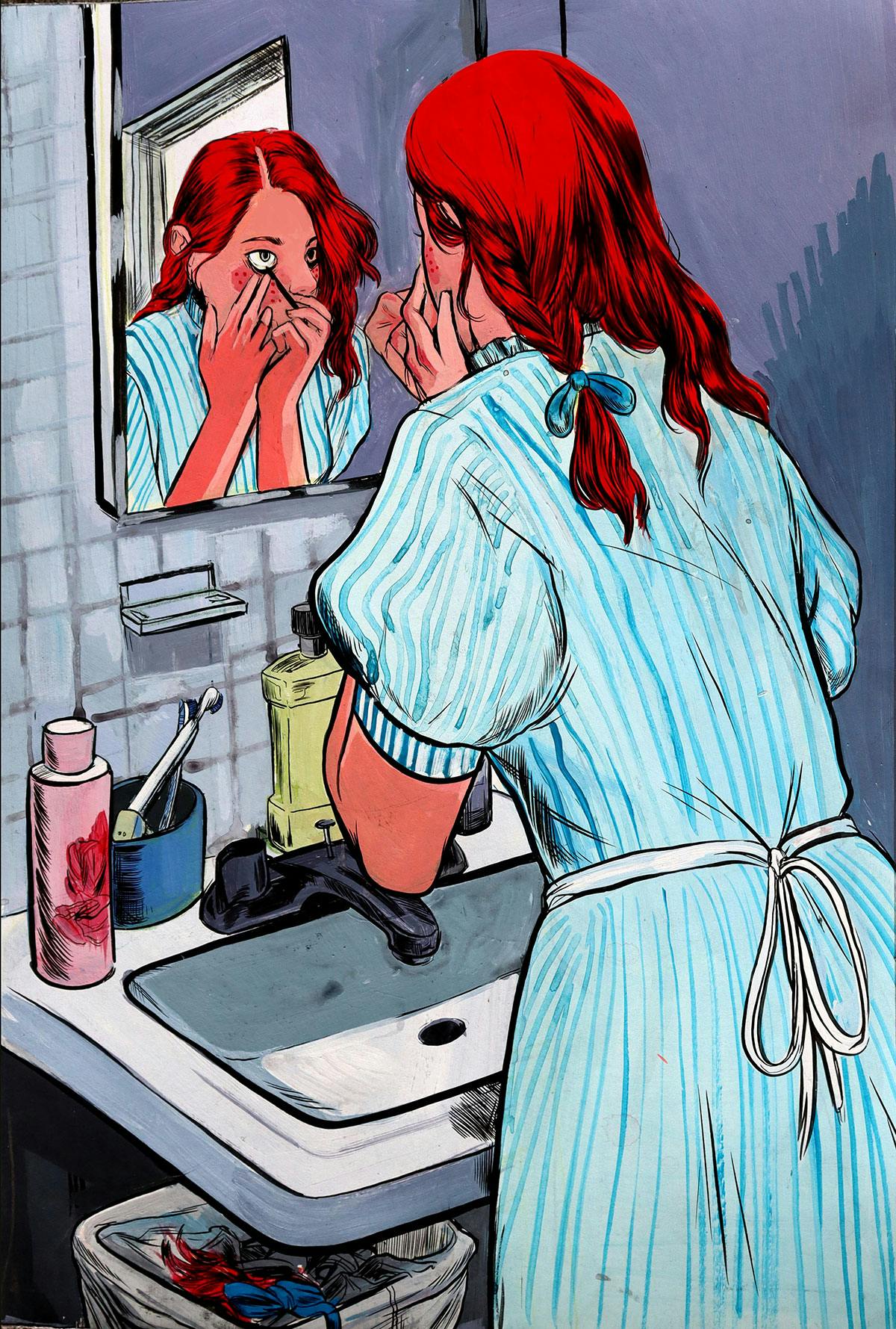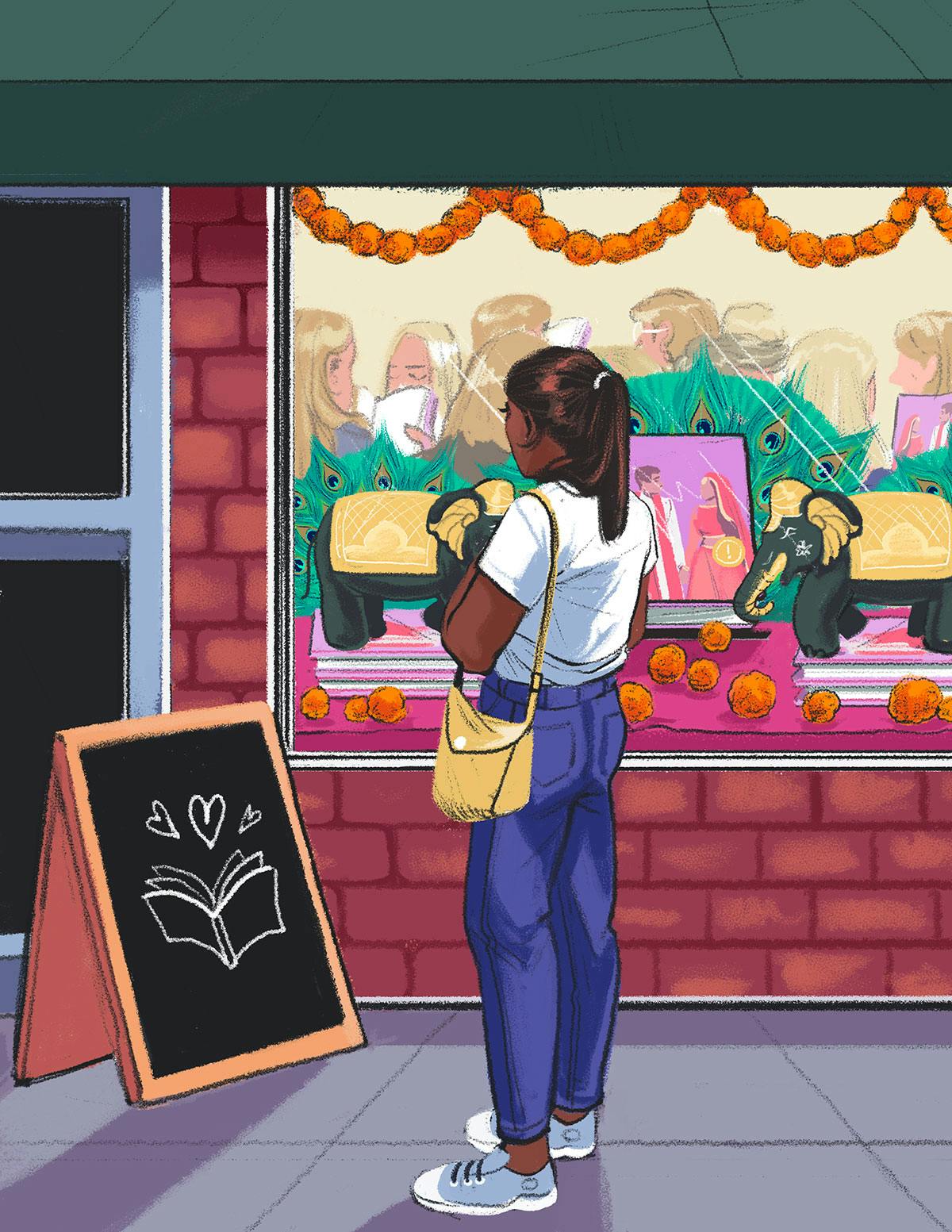Tara Anand’s rich illustrations tell the stories of people around her
Working between Mumbai and New York, Anand’s vivid editorial illustrations have been commissioned by the New Yorker, Vogue India, Google and more
Tara Anand is an editorial illustrator who splits her time between Mumbai and New York City. “I grew up in an incredibly creative environment, my mother is an artist so I was introduced to painting very early on, as most children are,” says Anand. “The difference is that my early artistic endeavours were being shaped by someone with an art education and years working and experimenting in many disciplines.”
Her family are also big on books at home and this is how Anand got into illustration. “I was always very attracted to children’s book illustration and sought to replicate styles I liked or illustrate my own nonsensical stories very early on,” she says.
Anand’s illustrations are vivid, and rich with colour and emotion, with an almost comic book-like aesthetic. “I’m wary of defining my style because I think my best work comes from periods when I’m fascinated with what a particular medium can do versus doing something familiar over and over again,” Anand explains. “I don’t like the idea of ‘finding my aesthetic’ since I think the medium I work in tends to dictate that and I never want to run out of things to be interested in in my materials or run out of new materials to try out.”
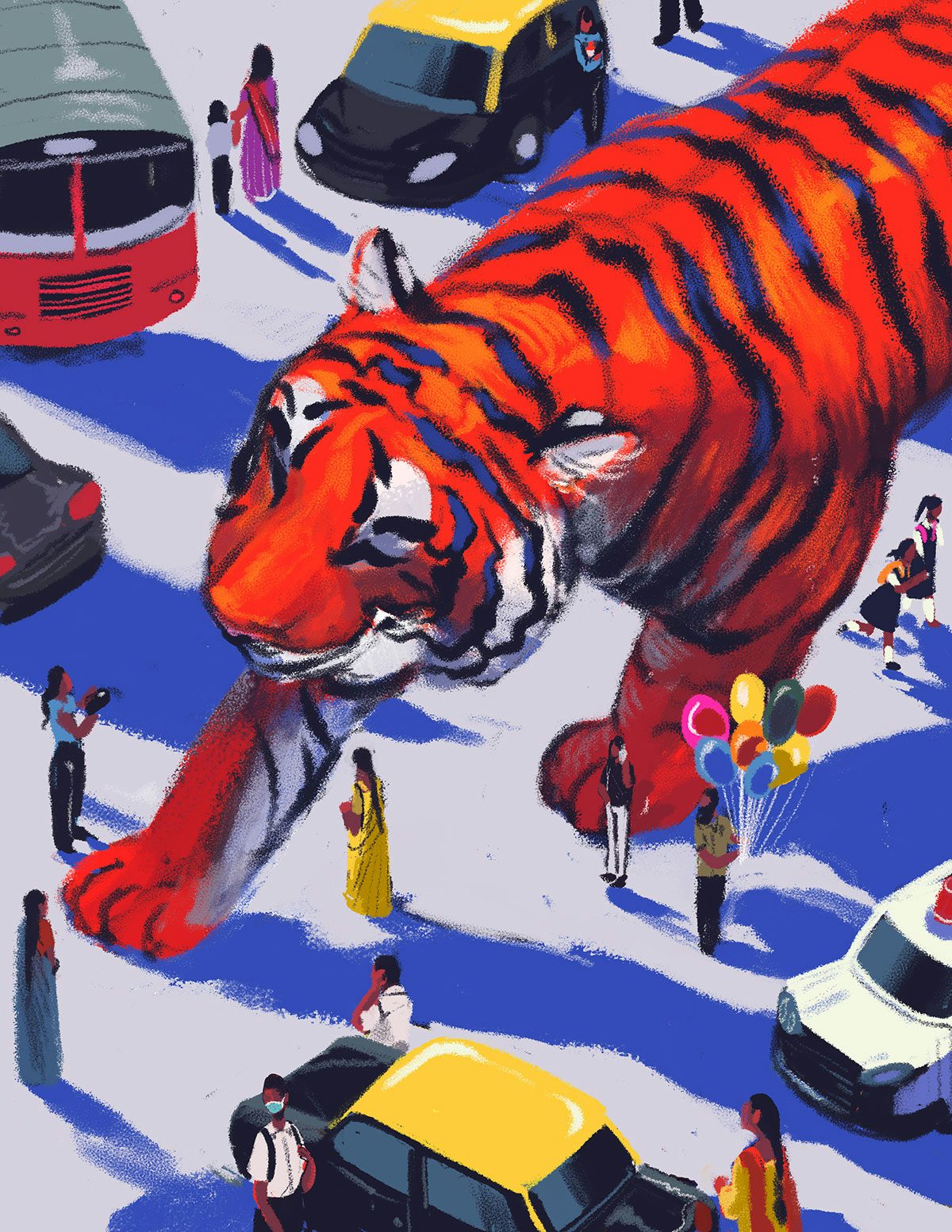
The illustrator enjoys drawing from life and amplifying the world and people around her, especially the stories of women. She says her upbringing in Mumbai has had an influence on her work, mainly through the jewel-like colours and tiger motifs that occasionally appear in her images. “Bombay is an incredibly diverse and visually fascinating city. I think allowing it to influence me has kept me away from visual clichés because you really have to be truthful to capture the sense of Bombay,” says Anand. “Living here has also allowed me to be exposed to galleries, museums, theatre and media because Bombay really attracts creators and houses some fantastic cultural institutions.”
Anand came to New York City to study illustration at the School of Visual Arts and was keen to tap into the rich history the city offered her. “India’s illustration scene is still growing and New York’s is very old and very established. Few cities in the world allow you the kind of access to art history, professional contemporaries/collaborators and fascinating illustrators in a variety of niches,” she explains. “Making use of that access and the opportunity to allow another space, culture and city to influence me were all motivators. The School of Visual Arts allowed me to be taught by people whose work I’d been looking at for years – this too is an unparalleled opportunity.”
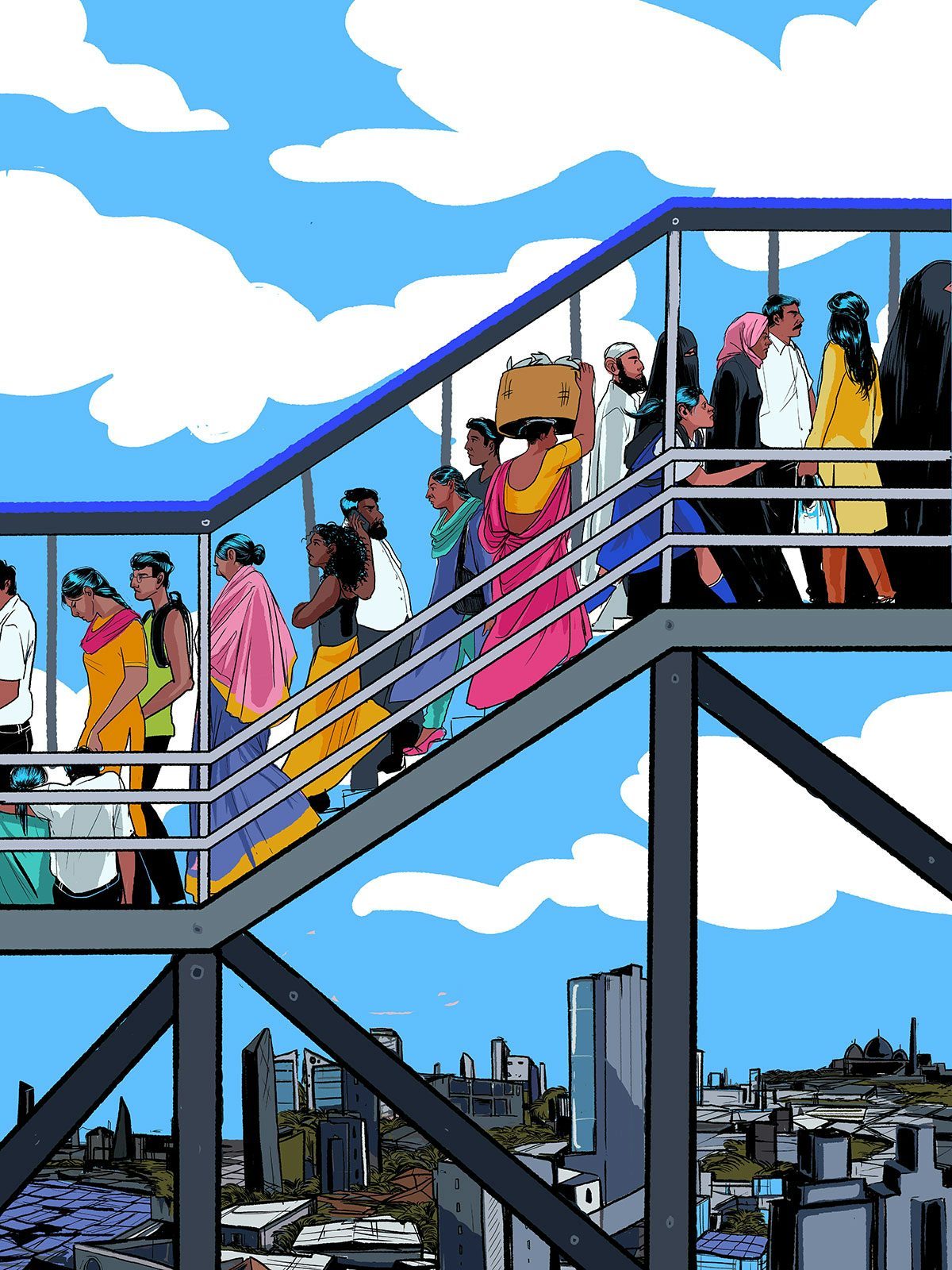
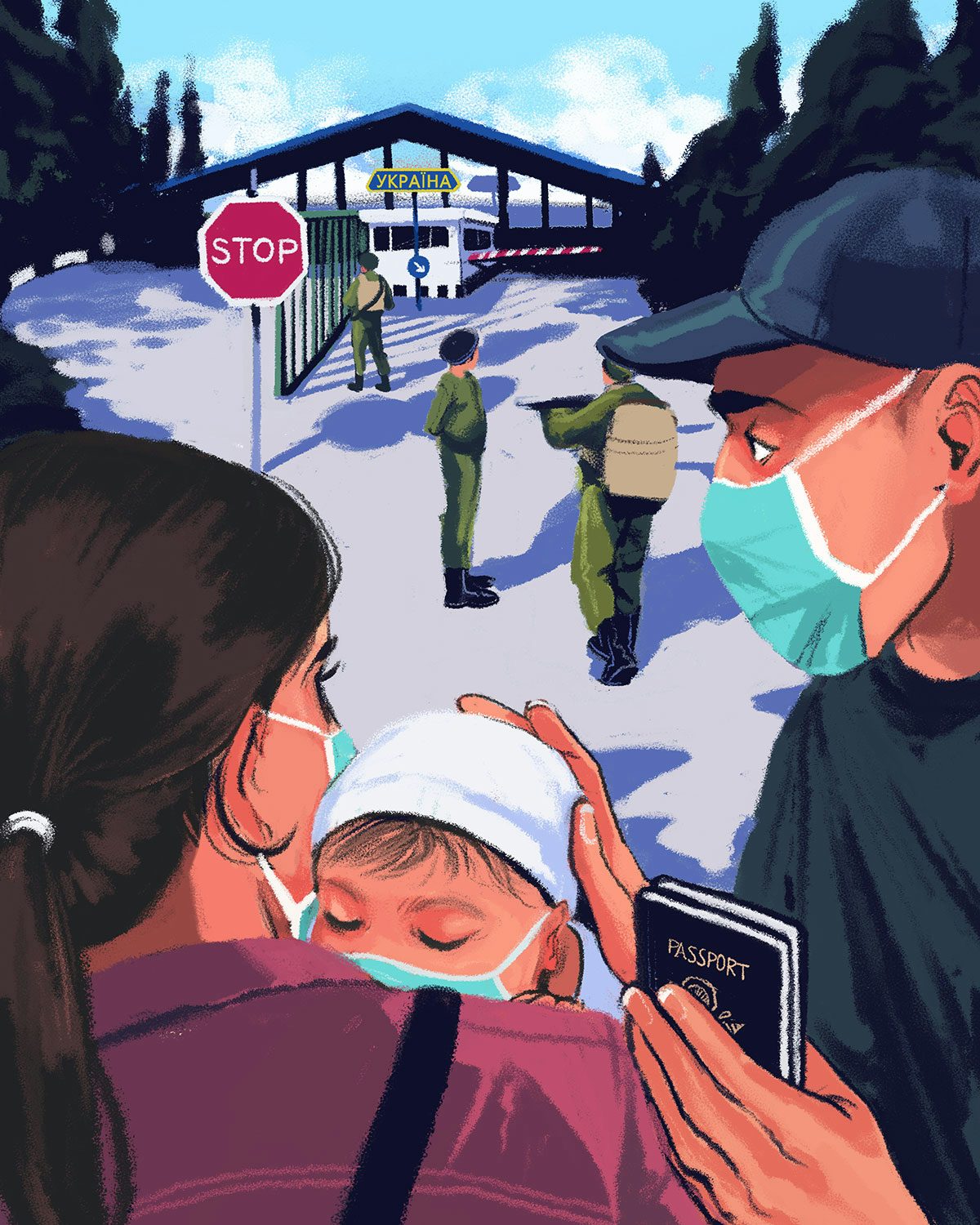
Though Anand is still relatively new to the illustration scene already she’s racked up some impressive commissions for the likes of the New Yorker, Google India, Bloomsbury Publishing UK and Vogue India. “I really enjoy how niche the subject matter can get,” Anand says of working on editorial commissions. “It allows me not only to build on my repertoire of useless trivia but also allows me to research and learn to reproduce the sense of so many places, people and scenarios.”
One recent project was for Canadian non-profit The Grace and Nelly Project, which required Anand to research the lives of girls living in rural Zimbabwe. She had to understand what kind of uniforms they would wear to school, how they wore their hair, what clothing would most represent the contemporary population in the area. “The illustrations were based on first hand accounts so there was a great sense of candidness and relatability that I had to figure out how to convey and this kind of visual research along with some extra reading to understand the situation better helped me convey that,” says Anand.


After Anand has done the necessary research for a new piece, the next step in her process is usually to work on the formal elements of the image or the composition to see what might work. “Then I build the narrative into it based on what I’ve been thinking of or wanting to draw at that period,” she says. “The physical process varies from medium to medium but when working in colour I work most like a painter, laying out forms and colours in blobs before refining the shapes and then adding finer linework on top.”
For commercial work the illustrator typically works digitally in Photoshop, mainly for ease as it allows making revisions and changes less complicated. For personal work, Anand says she’s a bit more experimental. “I like working on gouache and ink or oils where I feel there’s an opportunity for light and texture,” she says. “My approach to painting tends to be traditional, observational and textured, whereas my linework tends to be graphic and fine. I think a combination between these two is what produces an effect that satisfies me the most!”


